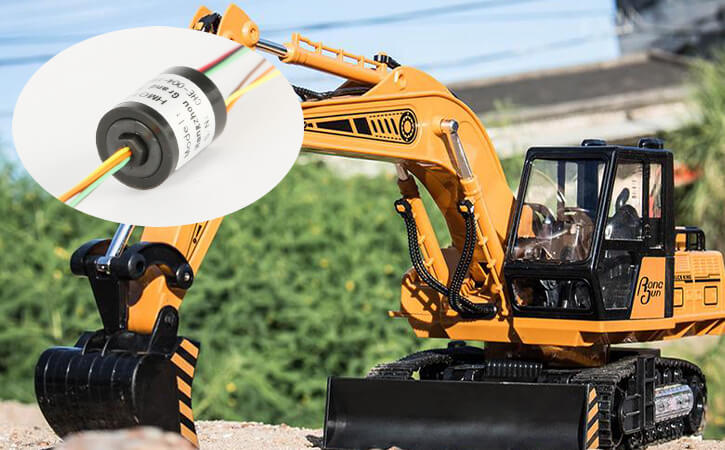Have you ever wondered how electric motors work or what the small parts inside them do? One of those parts is the electrical brush contact. Although small, these components play a vital role in ensuring the smooth operation of electric motors. In this article, we will explore what electrical brush contacts are, how they work, and their applications.
Questions Answering
What Are Electrical Brush Contacts?
Electrical brush contacts are small conductive components that are typically made of carbon or graphite. They are used in electric motors to transfer electrical current between the stationary and rotating parts of the motor. Brush contacts are positioned in such a way that they maintain contact with the rotating component, known as the commutator or slip ring. The brushes transfer the electrical current from the stationary part of the motor to the rotating part, ensuring that the motor operates smoothly.
How to Do Electrical Brush Contacts Work?
The brush contacts in electric motors work by creating a circuit between the stationary and rotating parts of the motor. As the motor rotates, the commutator or slip ring makes contact with the brush, creating an electrical circuit that allows current to flow from the power source to the motor’s rotor. The brush then moves away from the commutator or slip ring and breaks the circuit, allowing the motor to continue rotating.
What Are the Applications of Electrical Brush Contacts?
Electrical brush contacts are commonly used in electric motors found in various applications, including power tools, automotive systems, household appliances, and industrial machinery. They are also used in generators and alternators to transfer electrical current between the stator and rotor.
Products and Resources
If you are interested in learning more about electrical brush contacts, there are several products and resources that can help. On Amazon, you can find brushes for various electric motor applications. Additionally, there are many YouTube videos that provide in-depth explanations of electrical brush contacts and their applications.
Conclusion
In conclusion, electrical brush contacts are crucial components of electric motors that enable the transfer of electrical current between the stationary and rotating parts of the motor. They are used in various applications, including power tools, automotive systems, household appliances, and industrial machinery. By understanding how they work, you can appreciate the complexity of electric motors and how they enable many of the modern conveniences we enjoy today.
We hope this article has been informative and helpful. If you have any questions, feel free to leave a comment below.
Frequently Asked Questions
Q: What Are the Different Types of Brush Contacts?
A: The two most common types of brush contacts are carbon and graphite. Carbon brushes are commonly used in low-voltage applications, while graphite brushes are used in high-voltage applications.
Q: How Often Do Brush Contacts Need to Be Replaced?
A: Brush contacts have a limited lifespan and need to be replaced periodically. The lifespan depends on factors such as the type of brush material, the operating conditions of the motor, and the frequency of use. As a general rule, carbon brushes need to be replaced more frequently than graphite brushes.
Q: Can Brush Contacts Be Cleaned Instead of Replaced?
A: In some cases, brush contacts can be cleaned instead of replaced. However, cleaning is not always effective, and replacing the brushes may be the best option. Additionally, cleaning should only be done by trained professionals to avoid damaging the motor.
See What We Can Do

